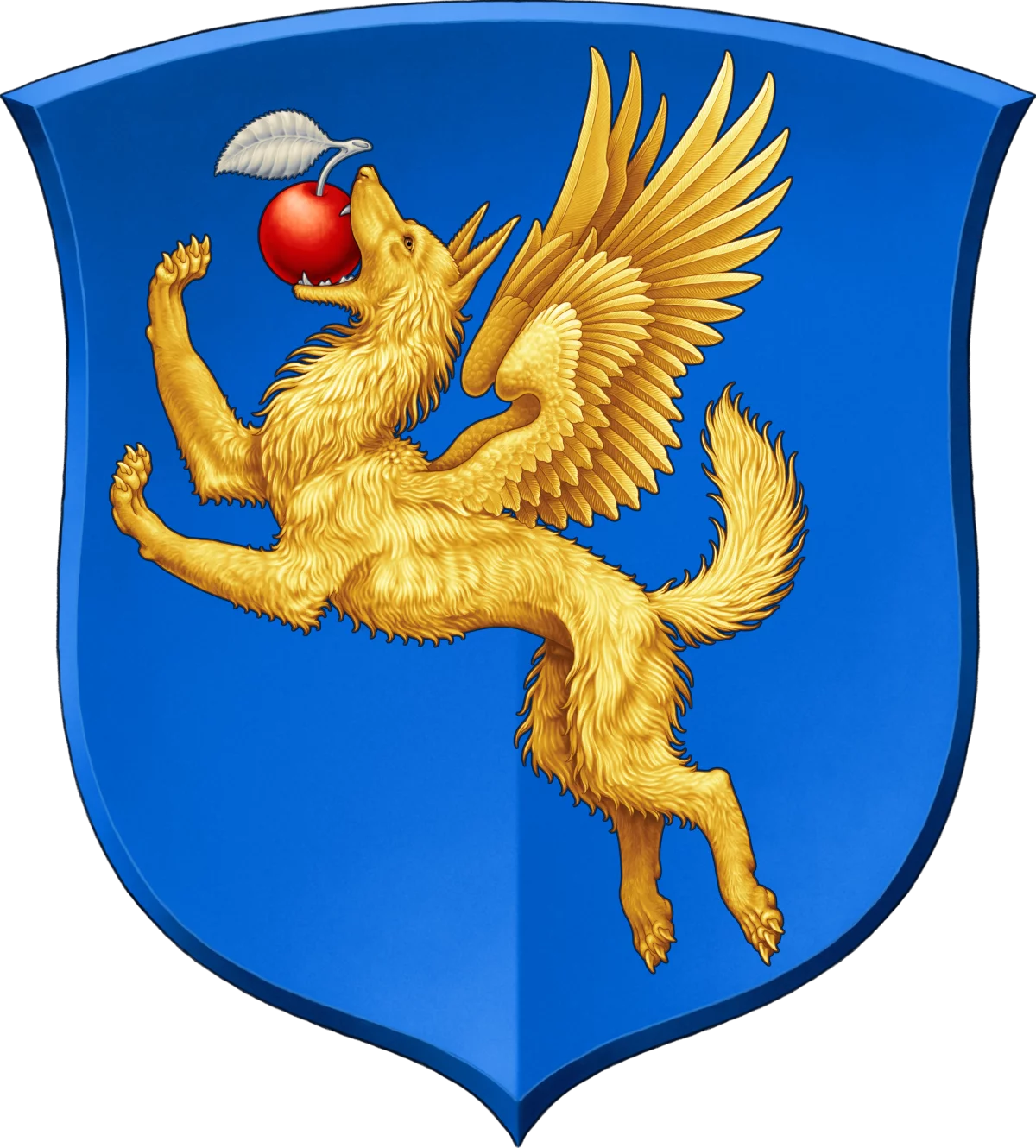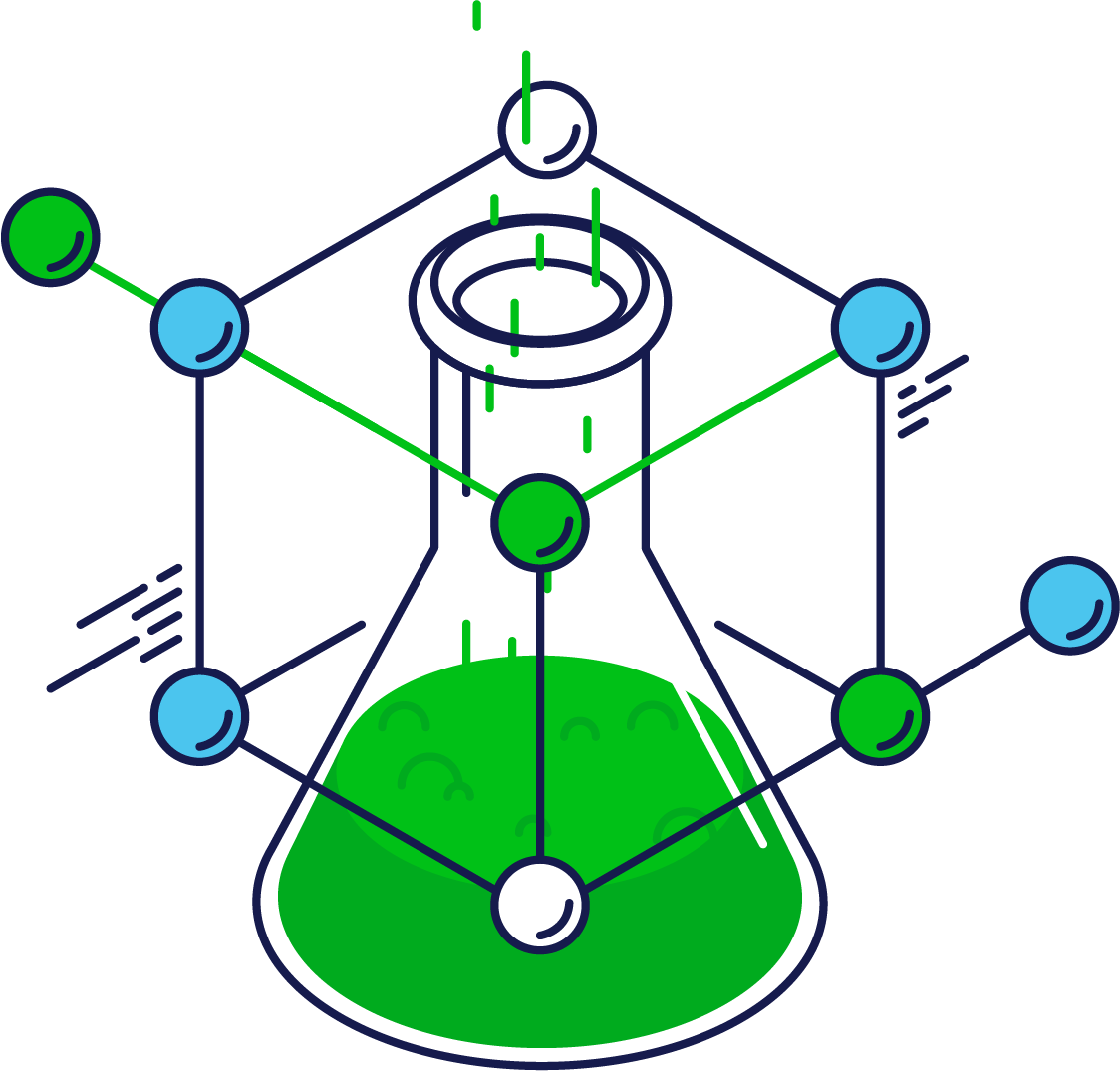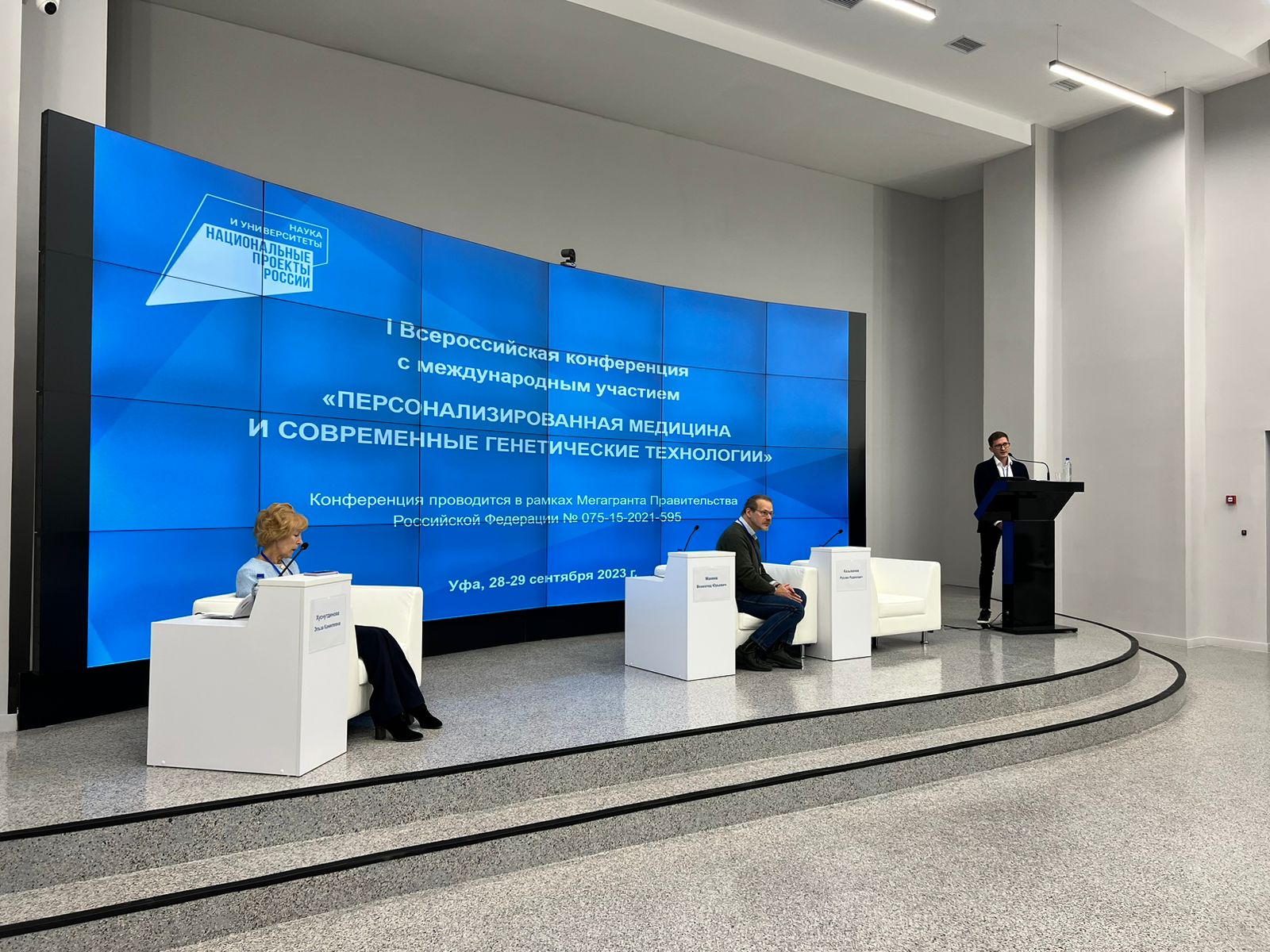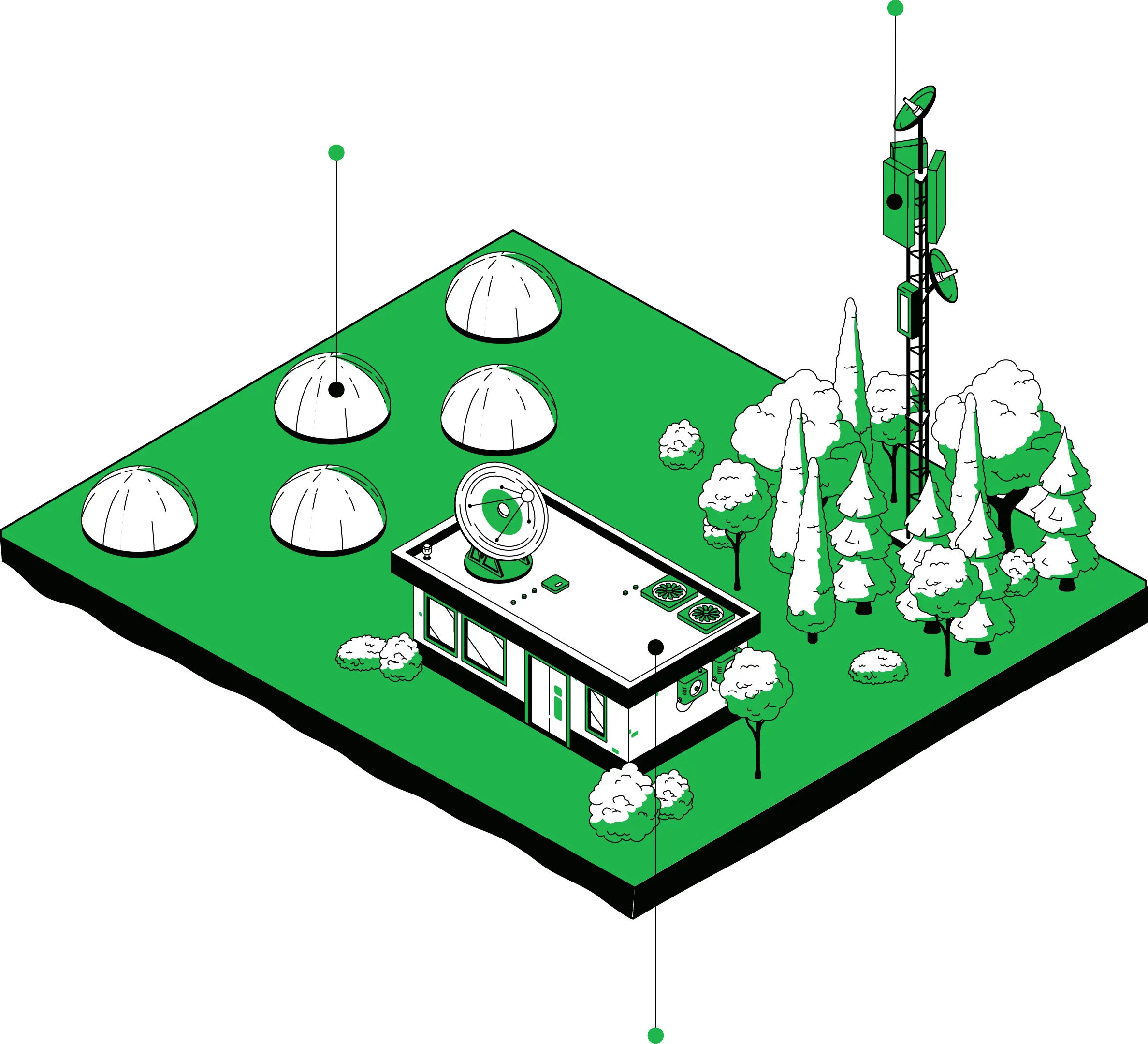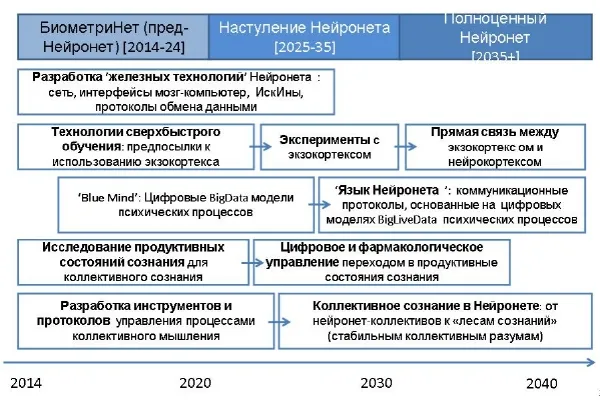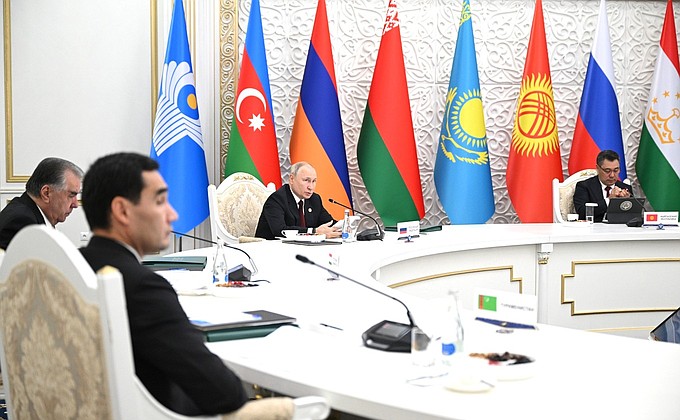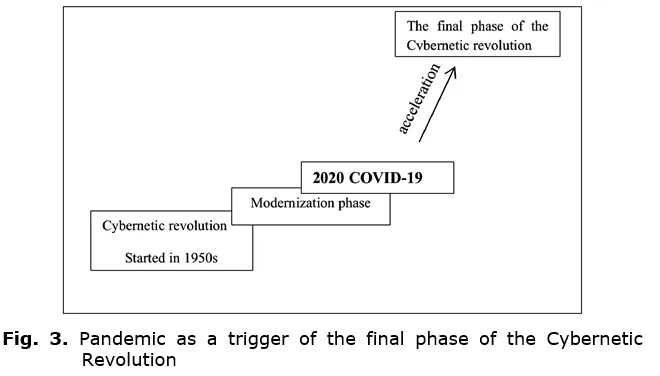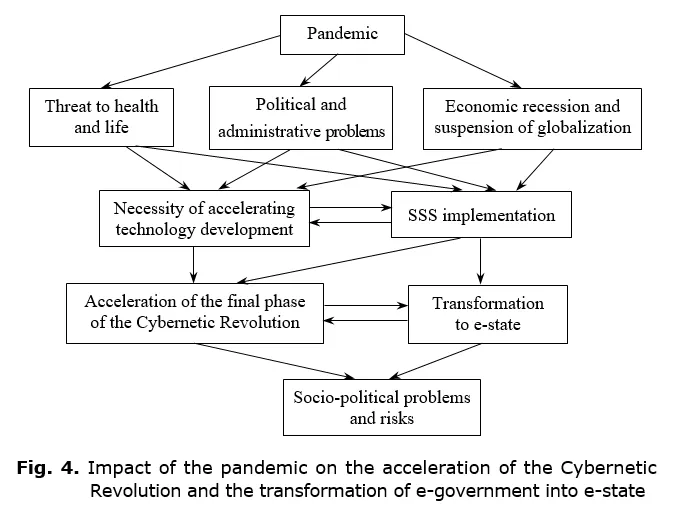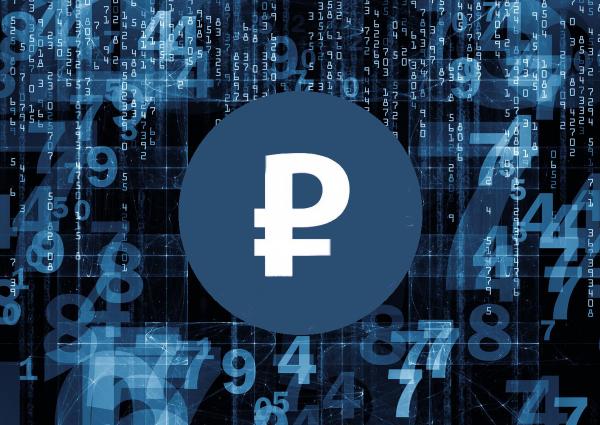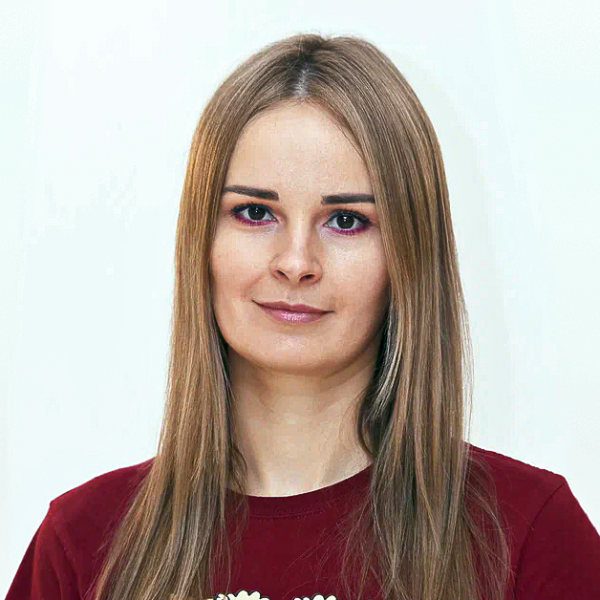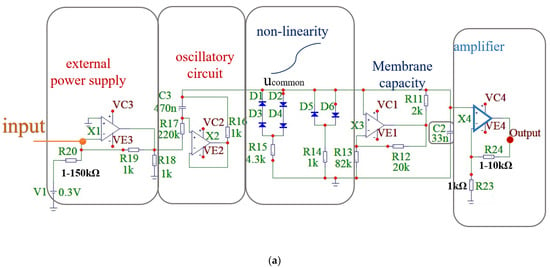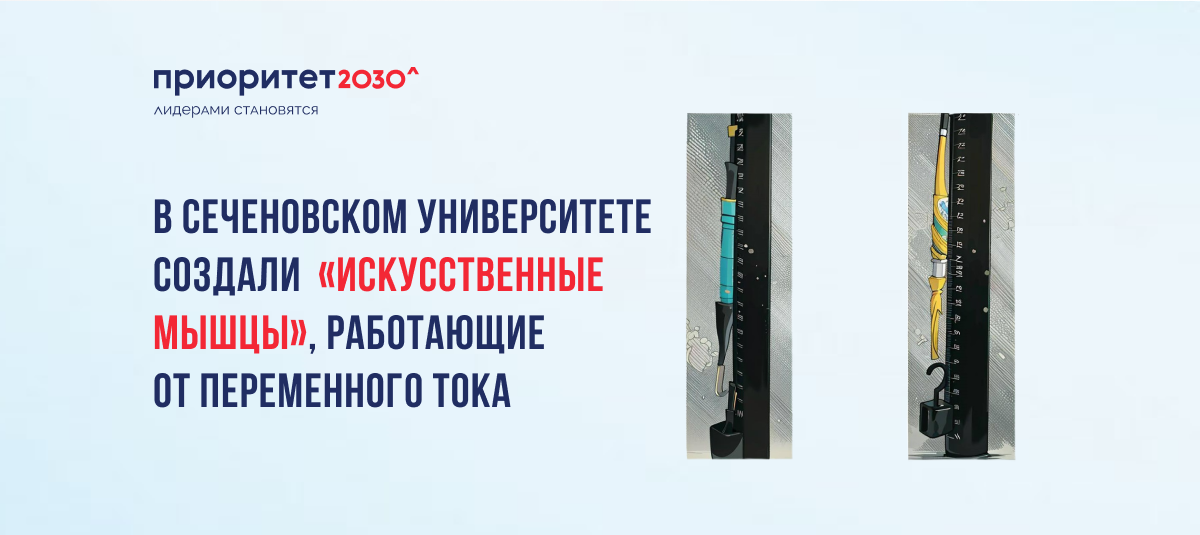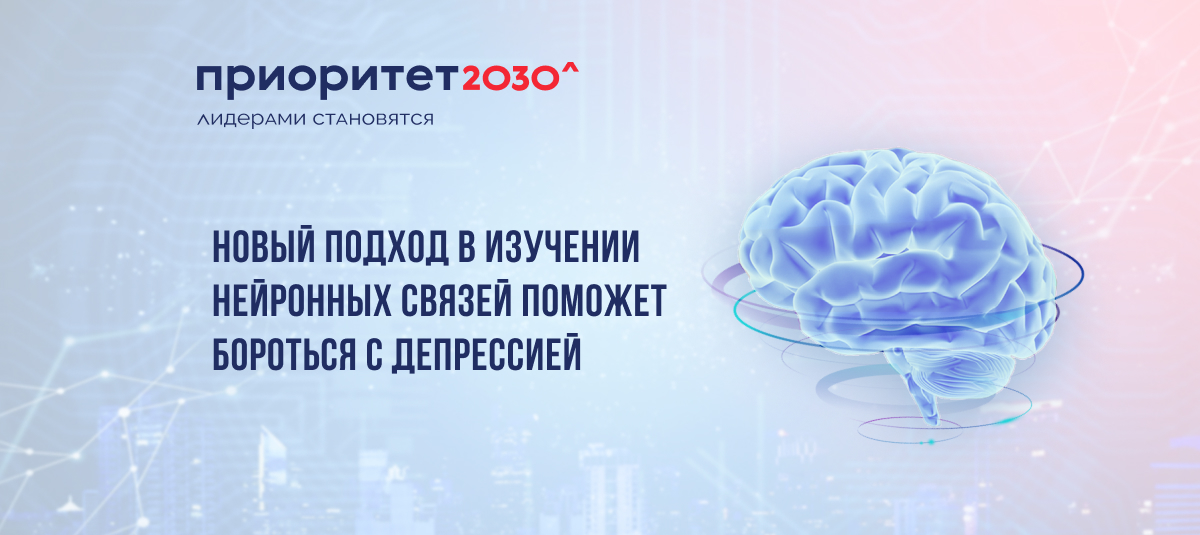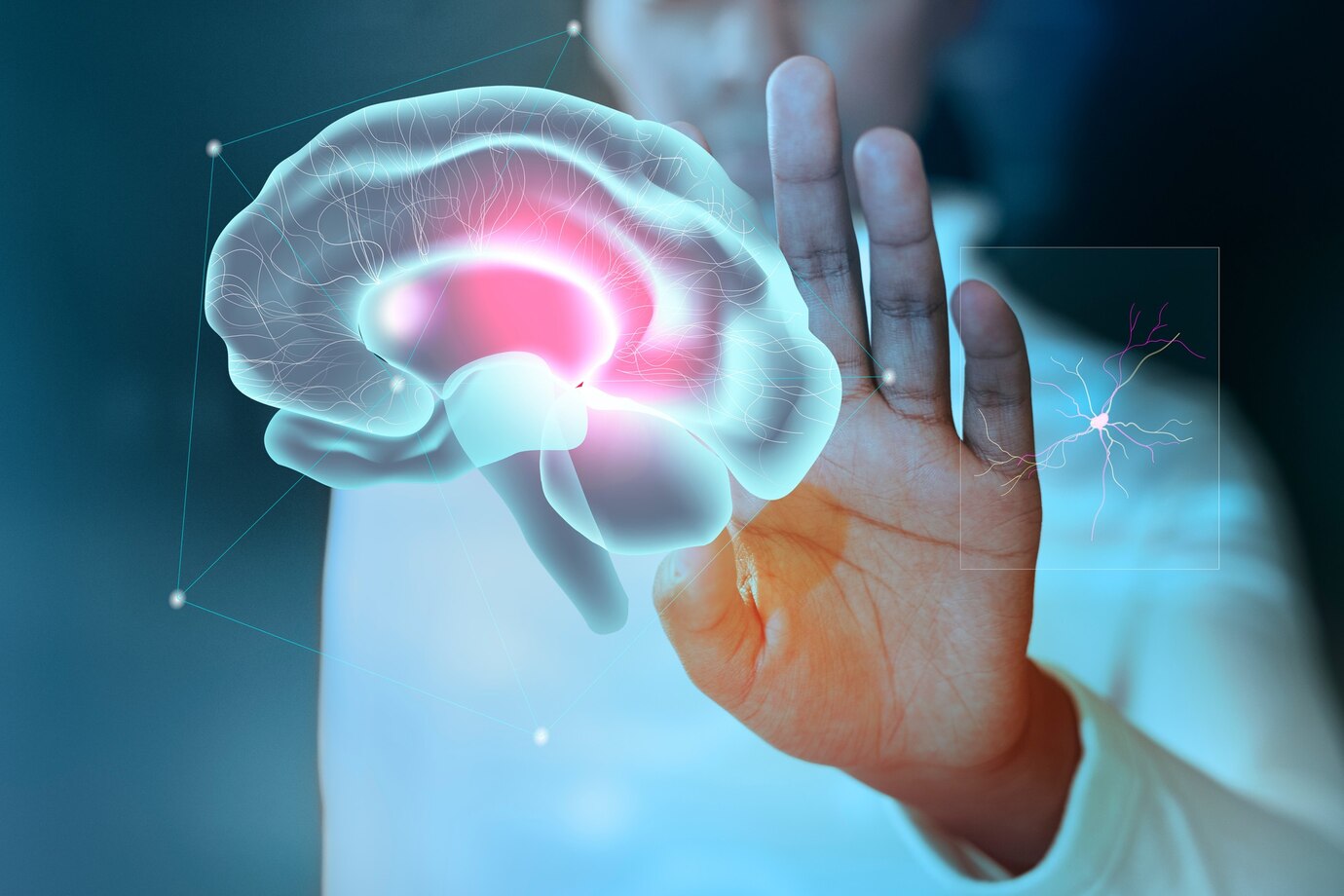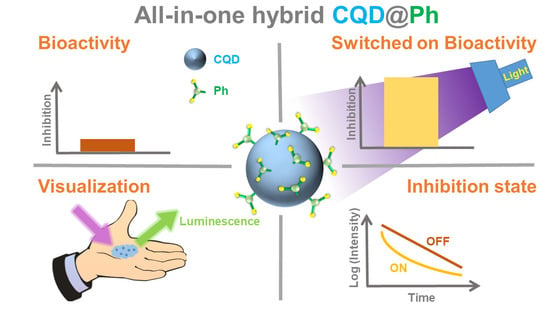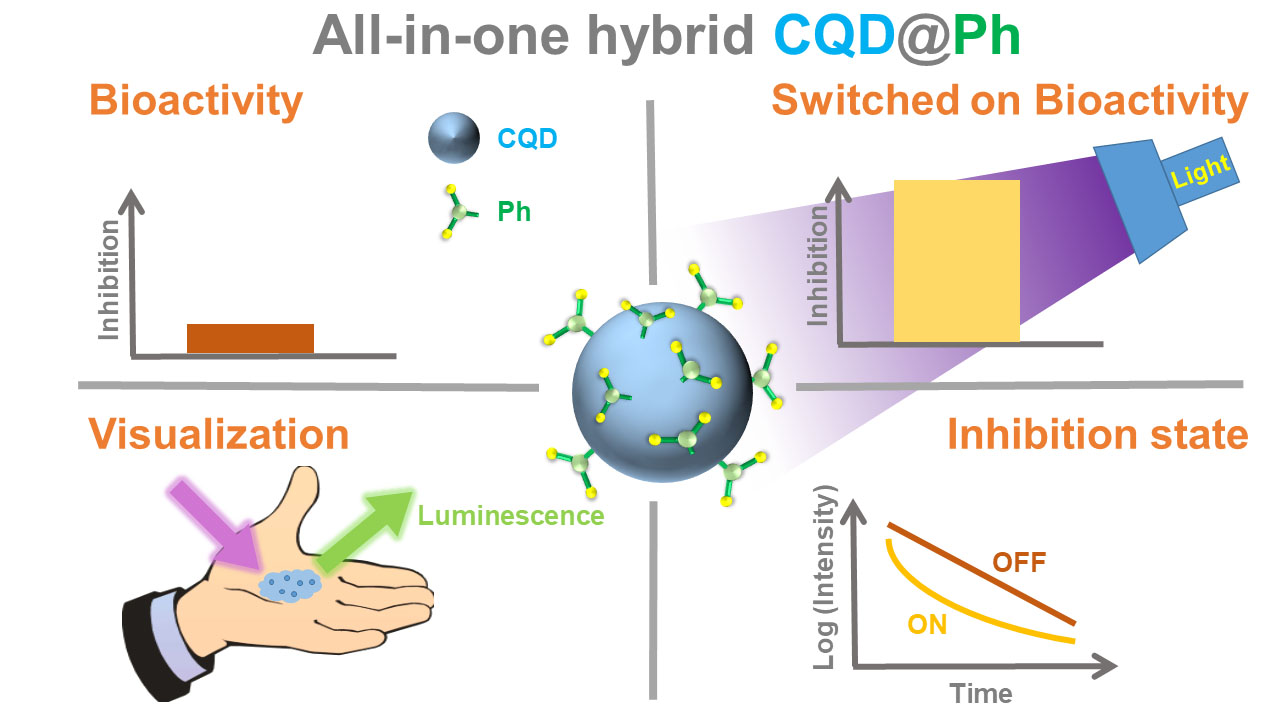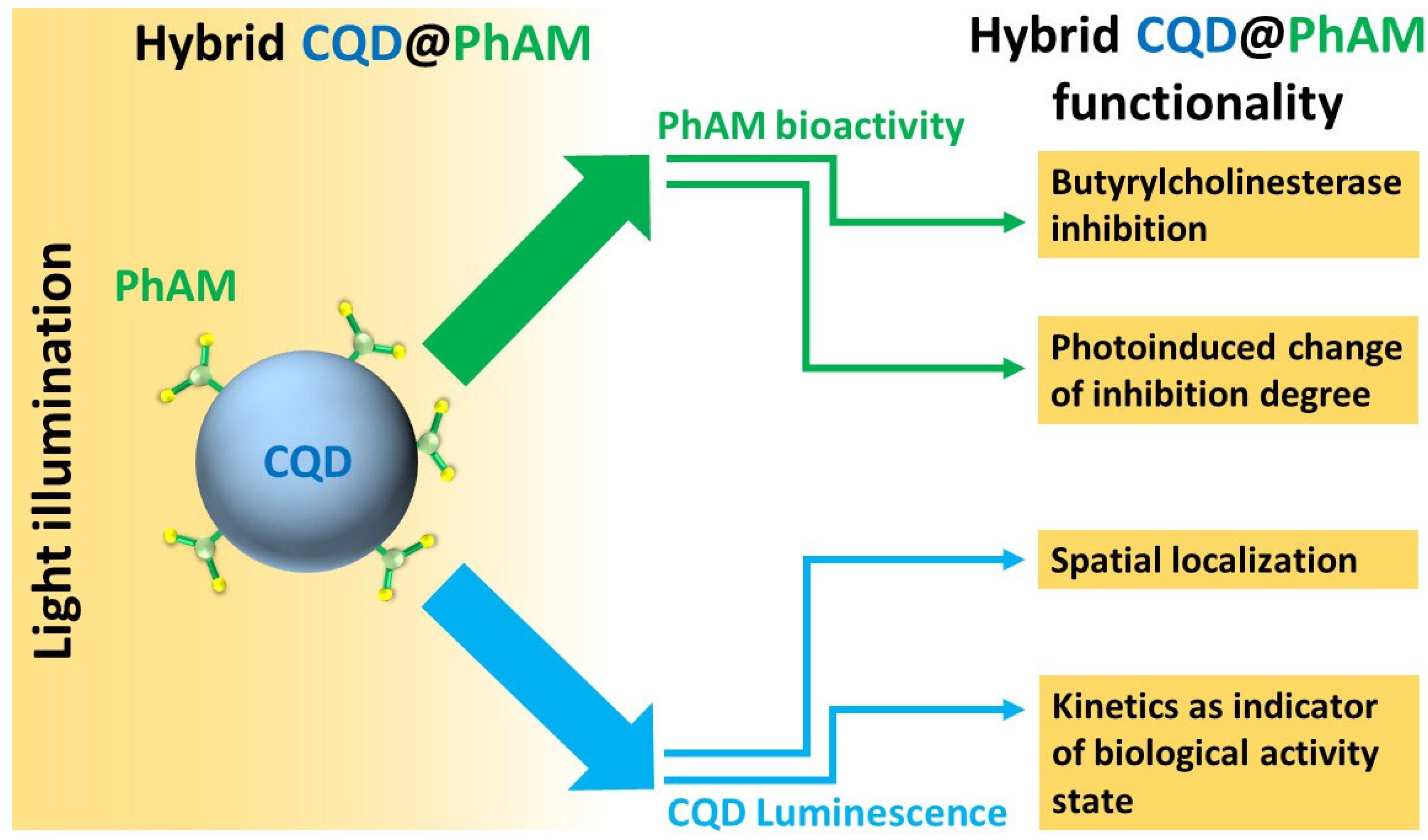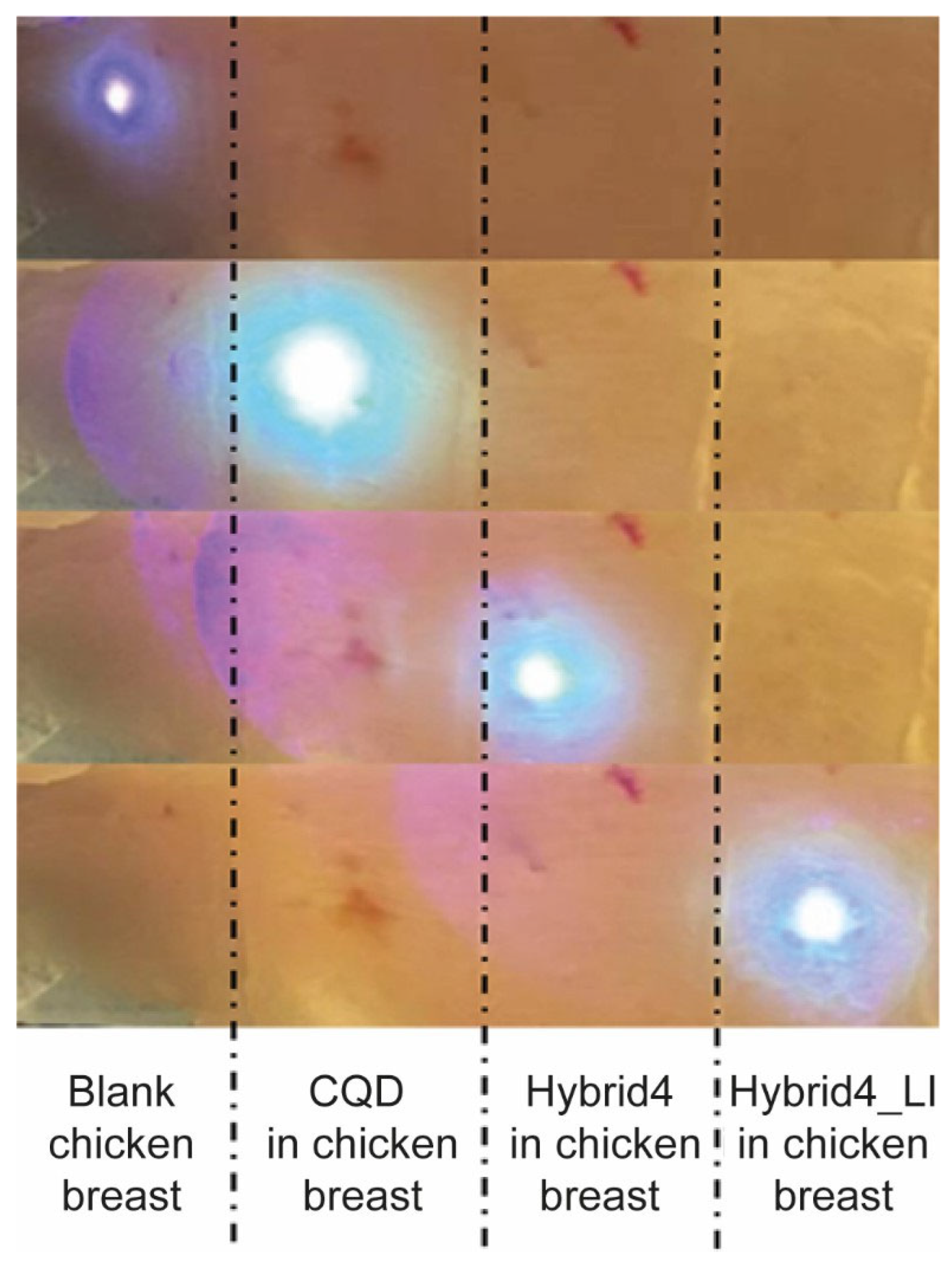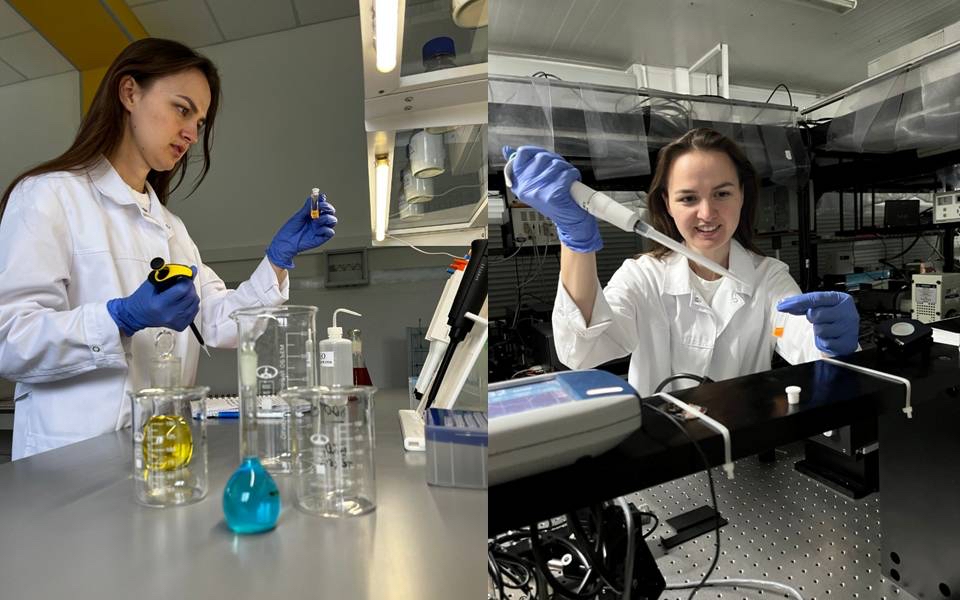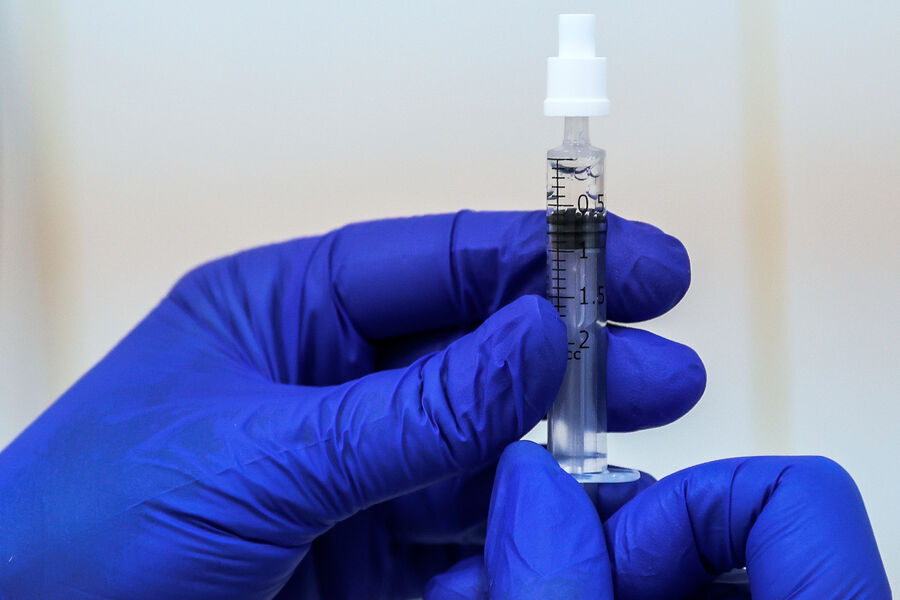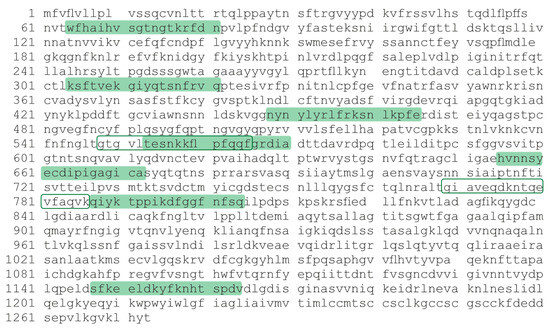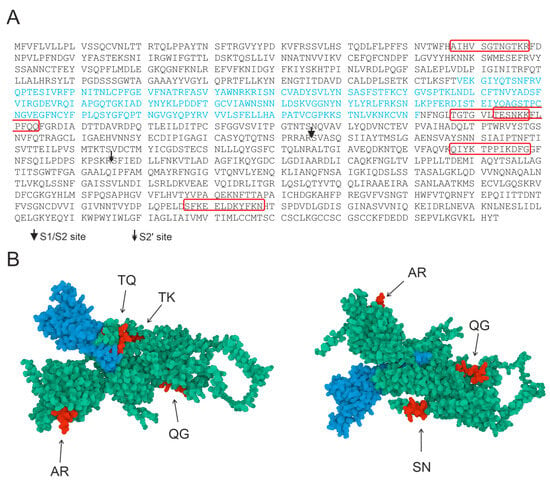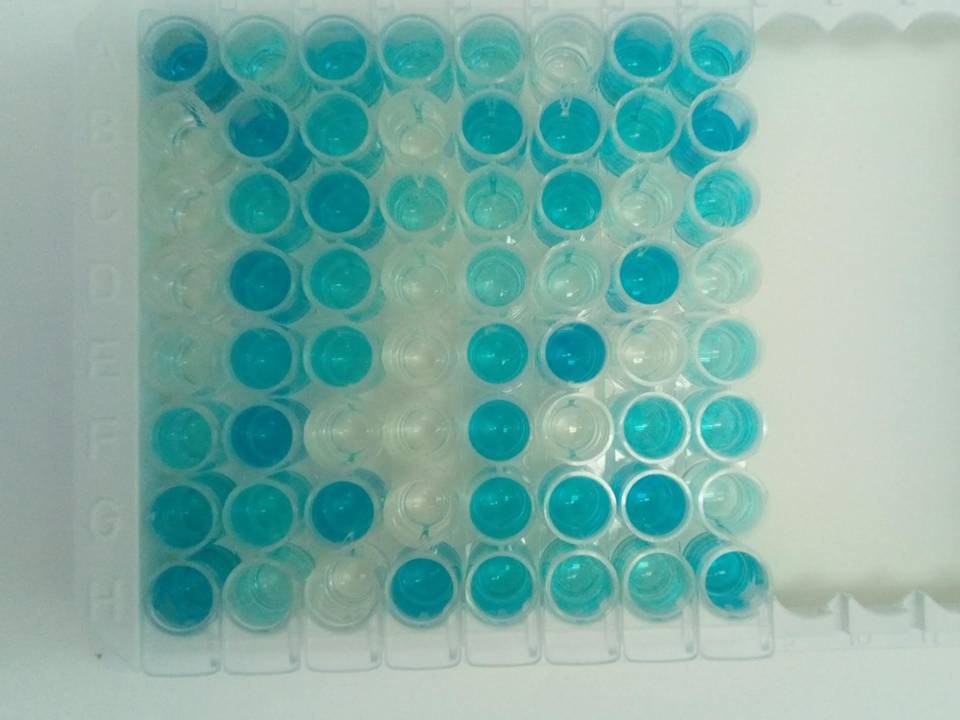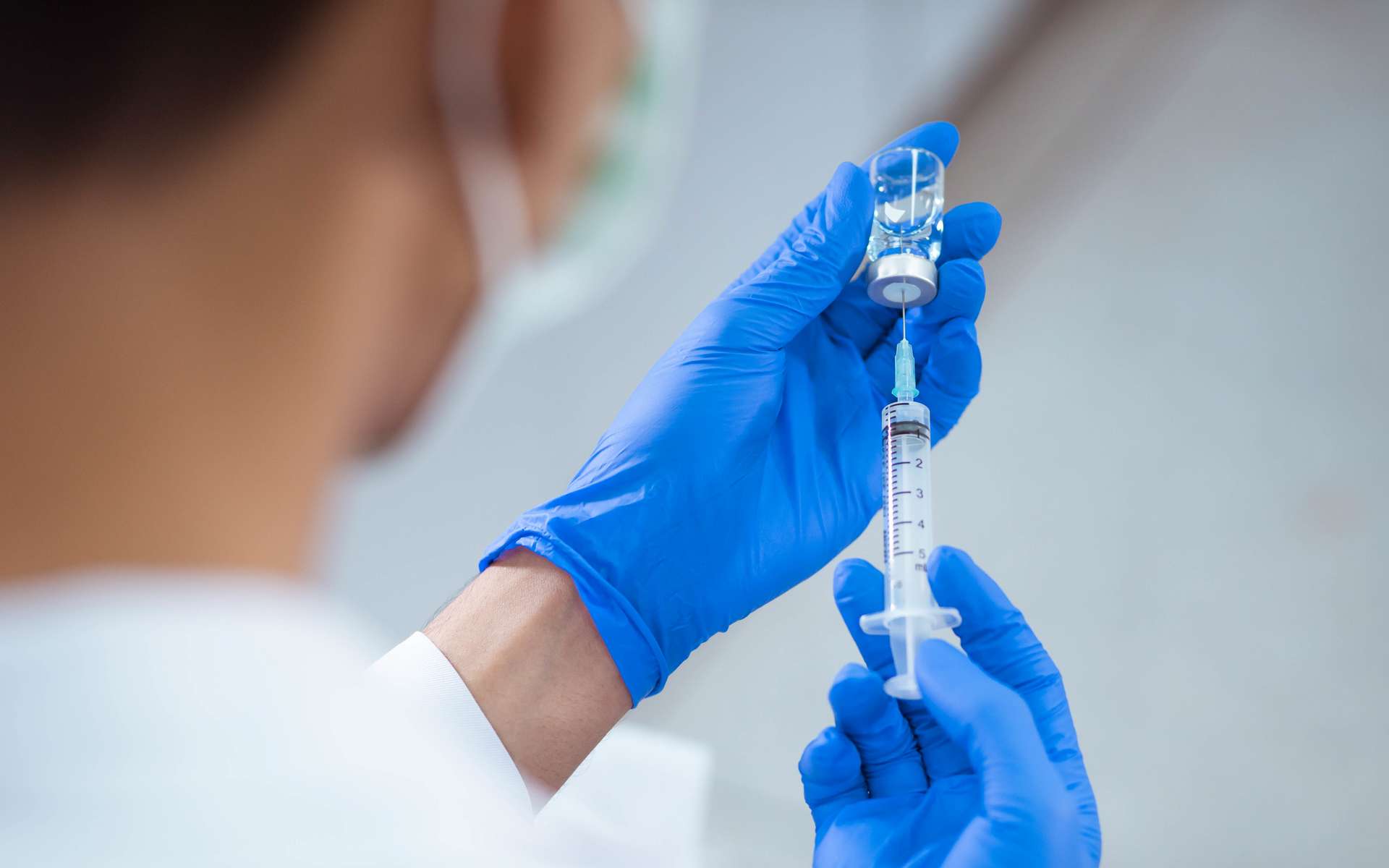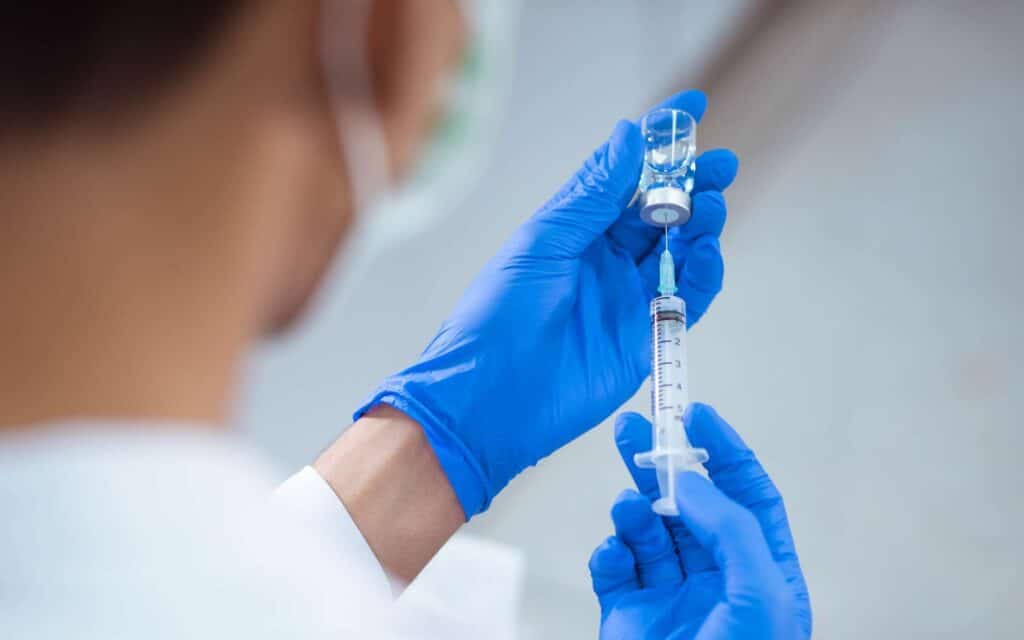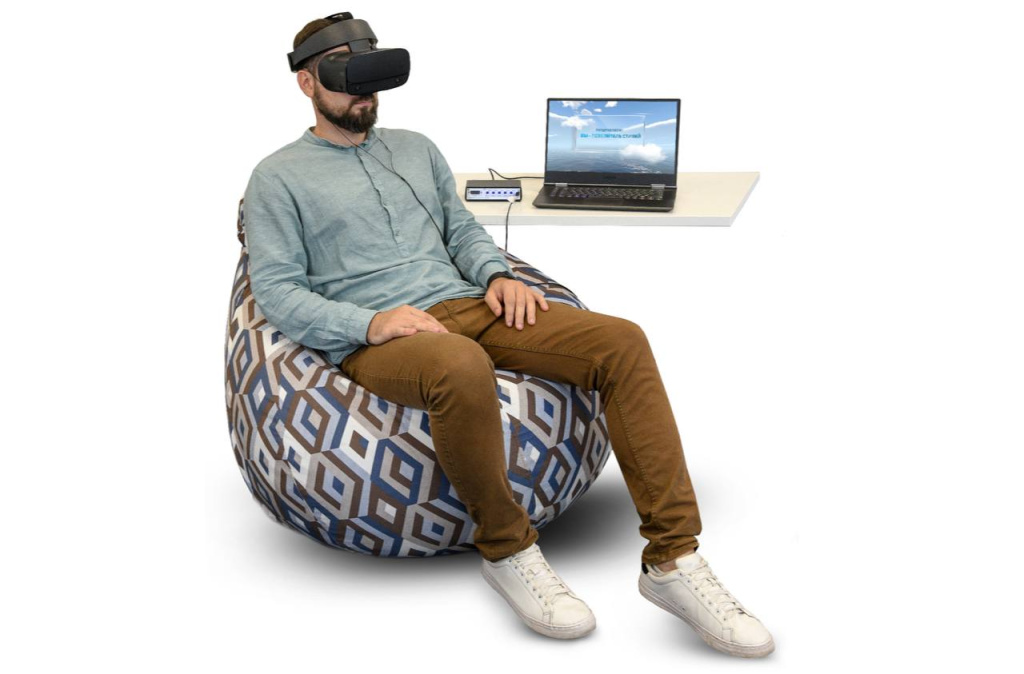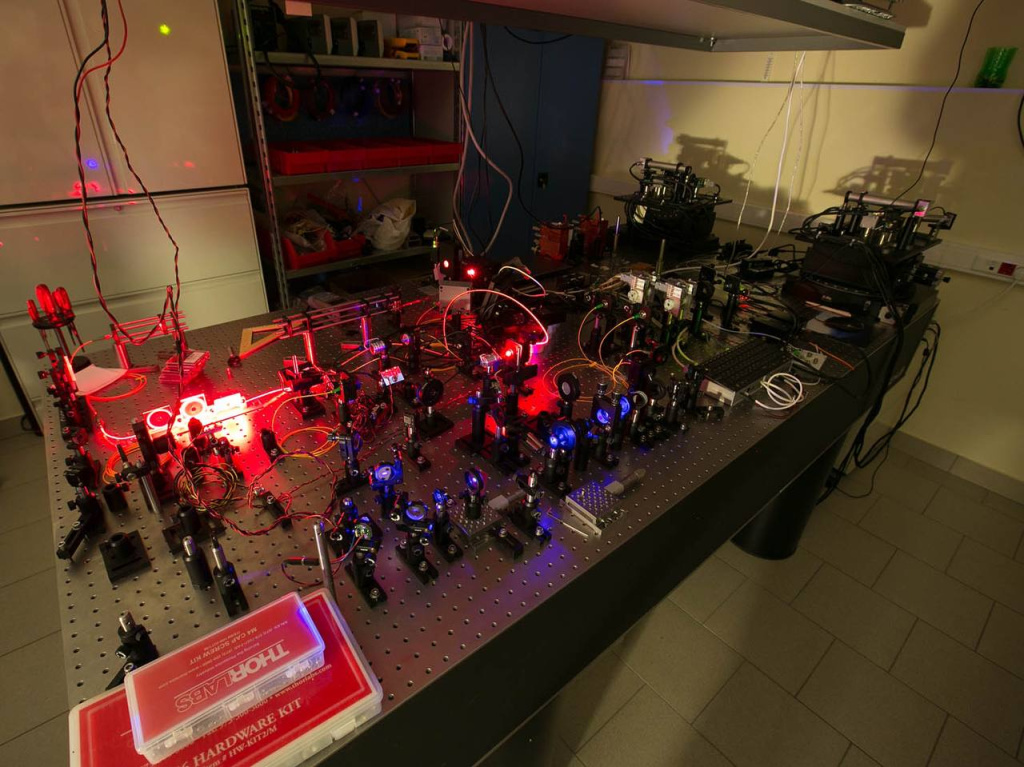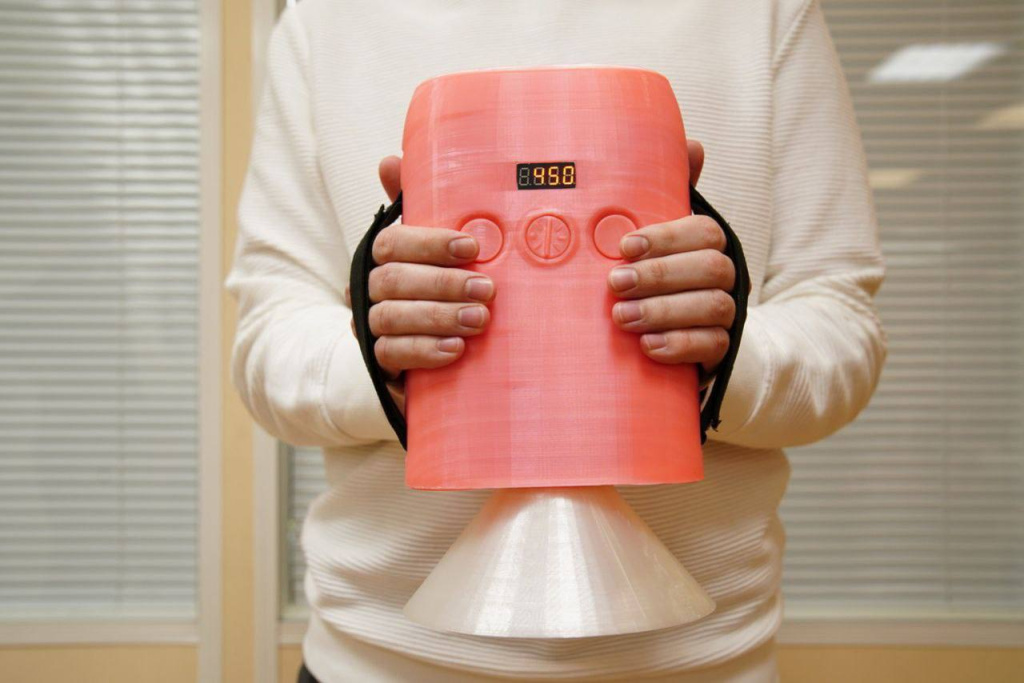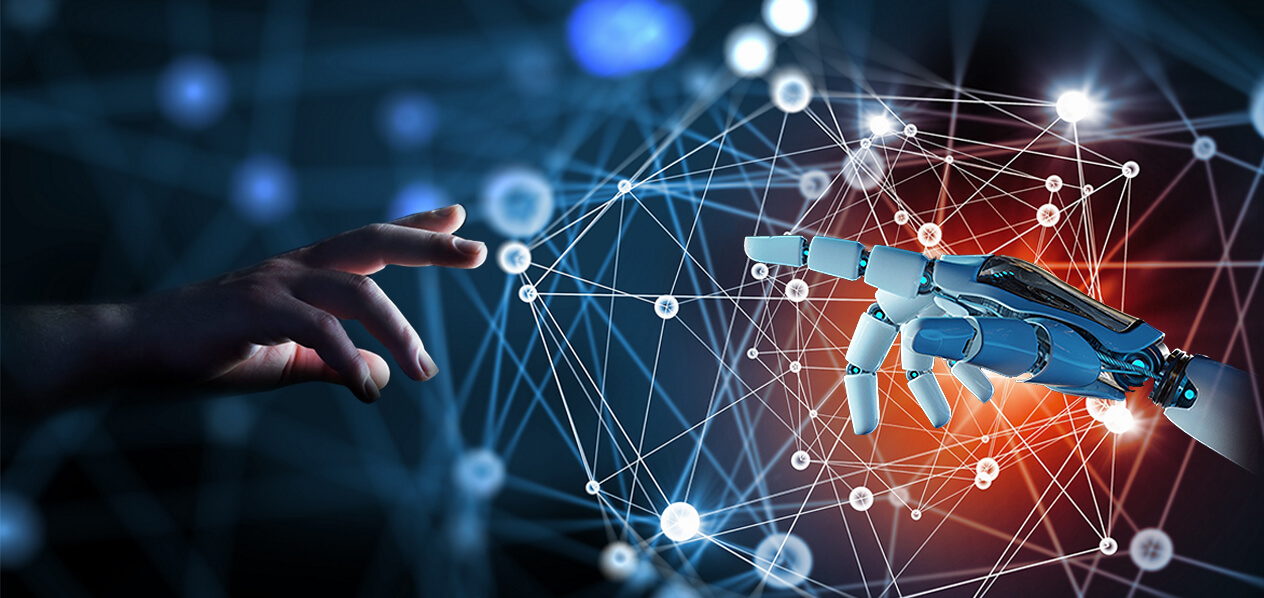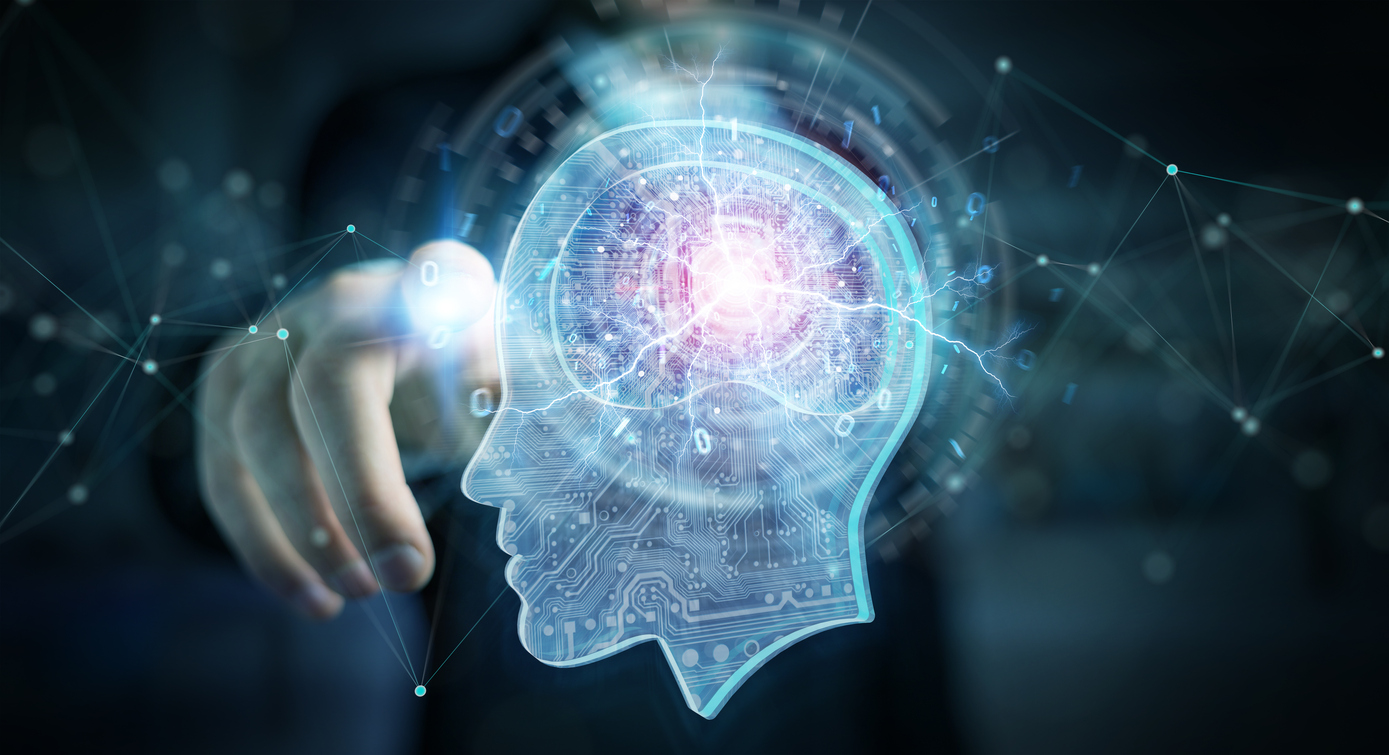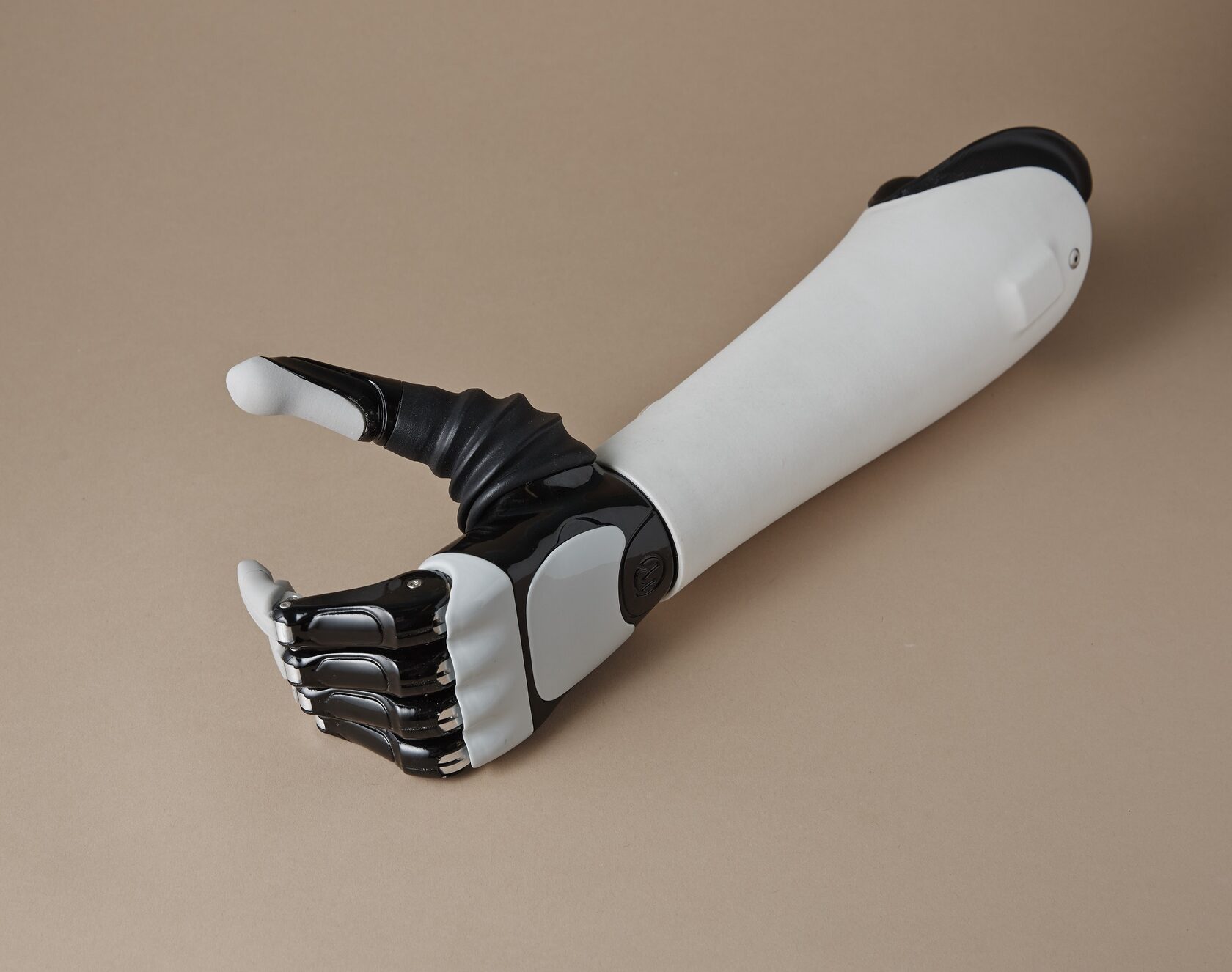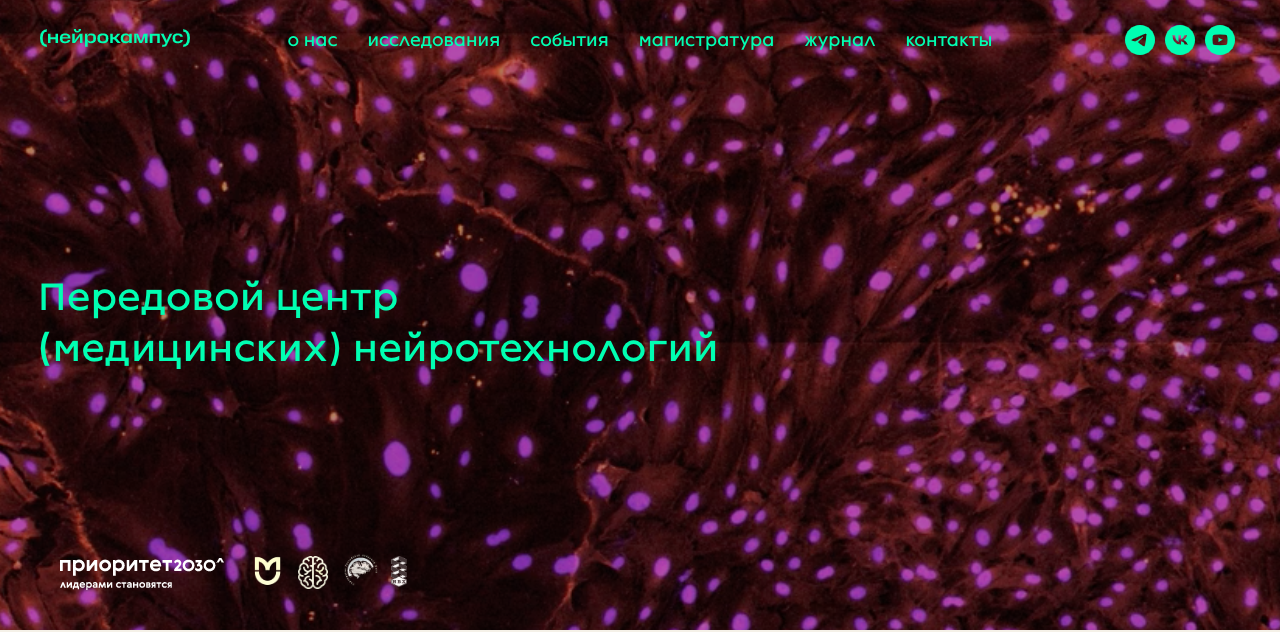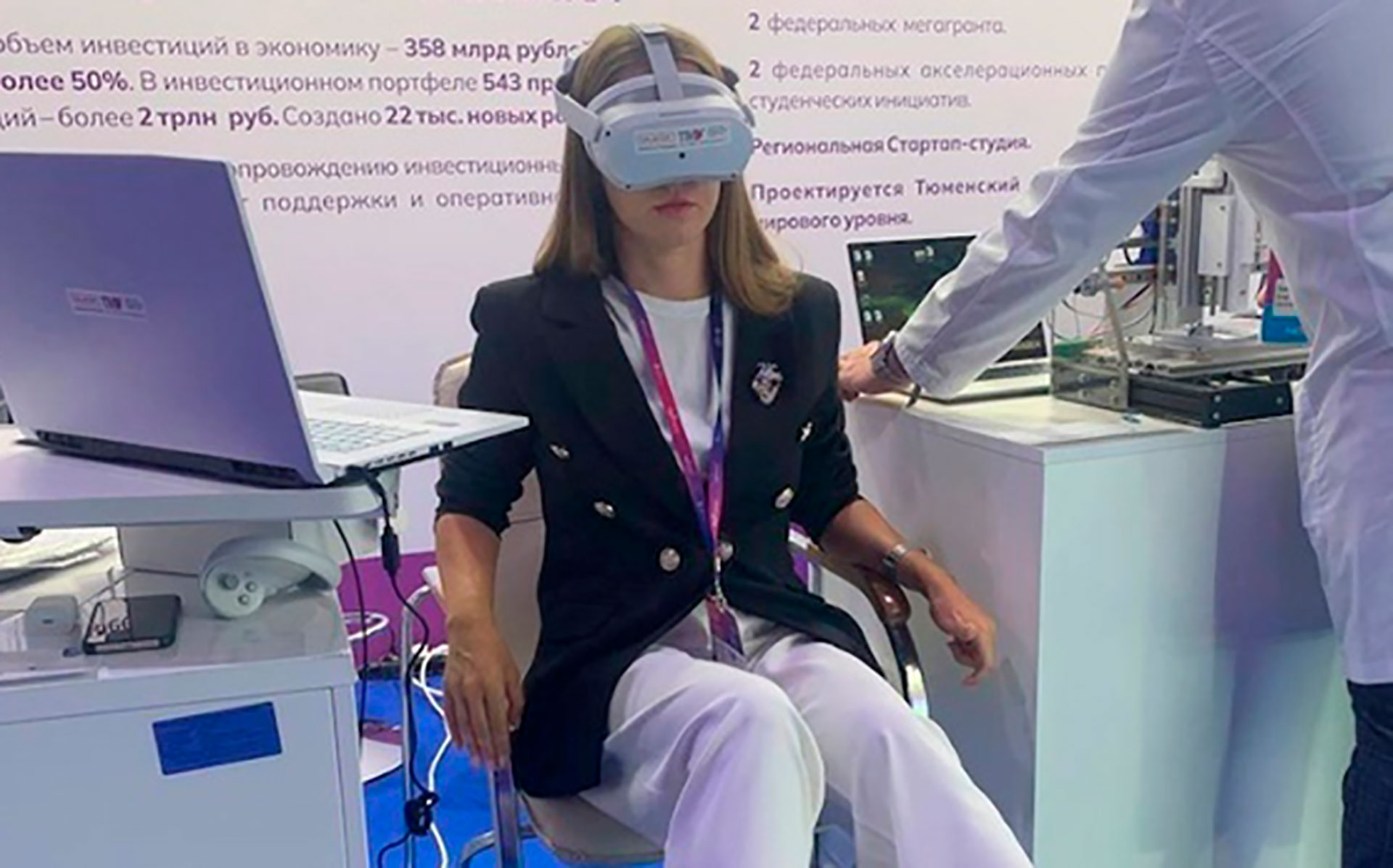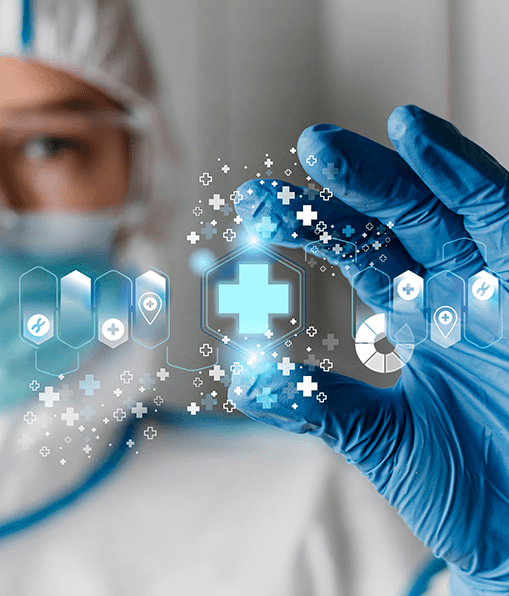Lalas
Star
- Joined
- Nov 8, 2022
- Messages
- 1,383
Neuro-V - Covid Neurorehabilitation Complex
Neurobotix has developed 7 groups of innovative medical devices for neurorehabilitation and assistive care for people with various neurological and psychosomatic diseases. The six-channel mobile neuroheadset NeuroPlay H6C uses dry electrode technology that does not require the use of a conductive gel or saline solution. NeuroPlay connects to a computer, smartphone or tablet via Bluetooth protocol.
A person uses a series of 20 neurotrainings, during which he learns to effectively relax based on the use of alpha training (the rhythm of rest of the brain), fall asleep, and control his reaction to stress. Classes are conducted under the control of speech artificial intelligence. As a result of training, the quality of sleep improves, efficiency and stress resistance increase, strength, positive emotions are restored, psychosomatic disorders disappear.
The headset is convenient for use in the hospital, at home, in the office, in nature. In 2021, small-scale production was established in Zelenograd, more than 500 neuroheadsets were produced.
Project's website


 neurobotics.ru
neurobotics.ru
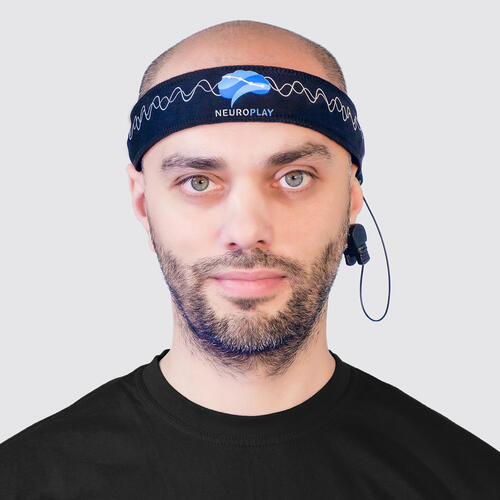
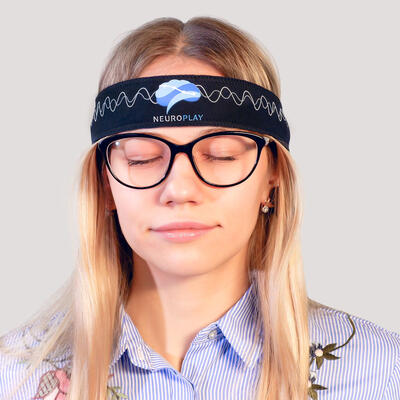
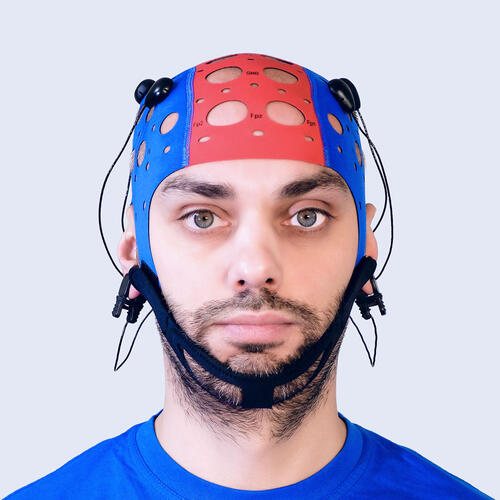
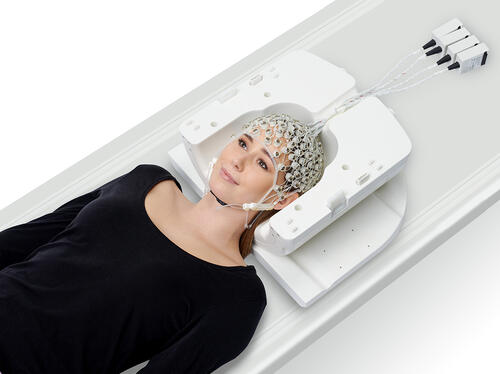
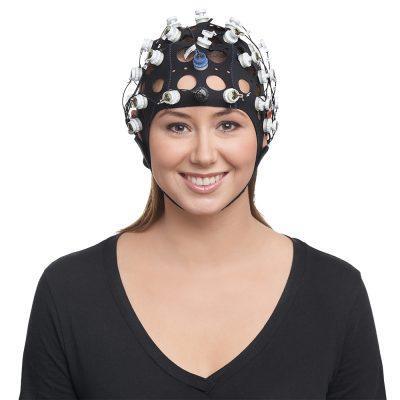
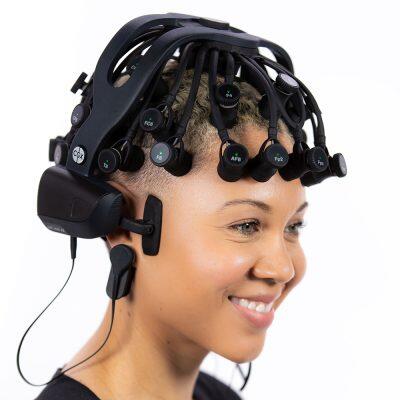
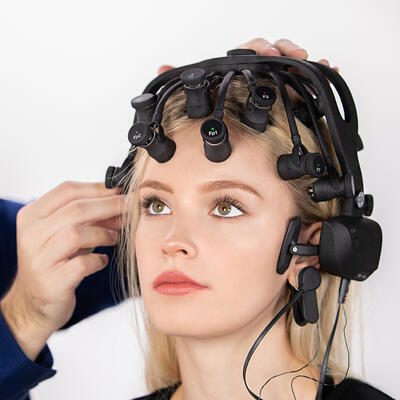
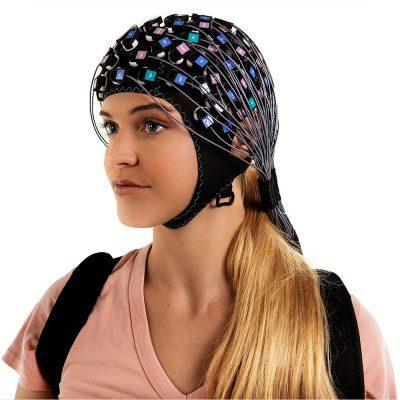
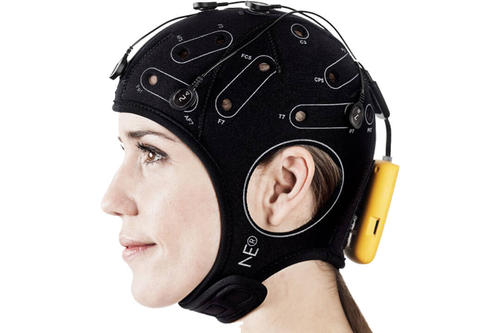

 neurobotics.ru
ALL-RUSSIAN OPEN FESTIVAL OF TECHNOLOGIES NEURONET "NEUROBOT"
neurobotics.ru
ALL-RUSSIAN OPEN FESTIVAL OF TECHNOLOGIES NEURONET "NEUROBOT"
The All-Russian Open Festival of Technologies NeuroNet for schoolchildren is an educational holiday where a team of schoolchildren can take part in various competitions in the following areas: robotics, neurotechnology and biofeedback, technical vision and cognitive sciences. The final of the competition is April 30.
2022.04.30


 neurobotics.ru
neurobotics.ru
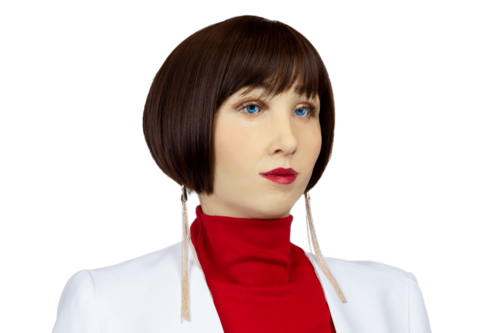
Polite robots Alice
An anthropomorphic robot with a portrait resemblance is made by copying an appearance from a living prototype or recreating an appearance from a photograph or portrait. Alice is the first anthropomorphic robot from Neurobotix. The prototype of today's Alice was created in November 2011 For 7 years, the company's developers have made significant progress in both software and hardware of the robot. Already, Alice can be useful as a secretary, personal assistant and even a doctor's assistant.
The outer shell is made of liquid silicone, which allows you to convey in detail the texture and features of the skin and makes the face and facial expressions of the robot realistic. The robot is equipped with 17 mimic and positional drives: smile + sadness frown+surprise; Eye rotation and tilt squinting and blinking jaw movements, opening and closing of the mouth The robot is controlled by RoboStudio software, the main functions of which include: control of facial expressions Speech Generation Playback of audio files Automatic articulation Object and face tracking Dialog Mode Screenplay Determination of emotions by face
EmoDetect software allows you to conduct non-verbal communication with the robot. With the help of this software, the robot reads the emotion from a person's face and copies it to its own.

 neurobotics.ru
Robot "Pushkin" Anthropomorphic robot with developed facial expressions and portrait resemblance. The image of the great classic is recreated from paintings and memoirs of contemporaries, a self-portrait and a death mask.
neurobotics.ru
Robot "Pushkin" Anthropomorphic robot with developed facial expressions and portrait resemblance. The image of the great classic is recreated from paintings and memoirs of contemporaries, a self-portrait and a death mask.

 neurobotics.ru
AIRA
neurobotics.ru
AIRA
Anthropomorphic robot with developed facial expressions and speech. AIRA is able to maintain a dialogue, recognize and copy emotions by facial expressions, and also has non-verbal communication skills.


 neurobotics.ru
Robot Betsy-Physician Assistant
neurobotics.ru
Robot Betsy-Physician Assistant
The Betsy robot physician assistant was developed in conjunction with the Scientific and Educational Center for Modern Medical Technologies. Benefits of Using a Robot Assistant for Doctors • Minimizing contact with patients or carriers of the virus.

 neurobotics.ru
Stroke Signs Simulator Robot
neurobotics.ru
Stroke Signs Simulator Robot
The anthropomorphic robot simulator is designed to teach you how to recognize the symptoms of a stroke. Robots of this series are relevant for teaching both senior students and school-age children.

 neurobotics.ru
Projection Robot A projection robot is a social anthropomorphic robot designed to communicate. The robot's face is fully animated, which allows you to use different faces on the same device and display facial expressions without restrictions
neurobotics.ru
Projection Robot A projection robot is a social anthropomorphic robot designed to communicate. The robot's face is fully animated, which allows you to use different faces on the same device and display facial expressions without restrictions

 neurobotics.ru
Robotic skull
neurobotics.ru
Robotic skull


 www.youtube.com
www.youtube.com

 neurobotics.ru
neurobotics.ru
 memotest.pro
MEMOTEST THE FIRST IN RUSSIA CLOUD PLATFORM PROFESSIONAL COGNITIVE PSYCHOPHYSIOLOGICAL MULTIMODAL TESTING
memotest.pro
MEMOTEST THE FIRST IN RUSSIA CLOUD PLATFORM PROFESSIONAL COGNITIVE PSYCHOPHYSIOLOGICAL MULTIMODAL TESTING
EmoDetect mobile Face analysis module using Google machine learning algorithms.

Neurobotix has developed 7 groups of innovative medical devices for neurorehabilitation and assistive care for people with various neurological and psychosomatic diseases. The six-channel mobile neuroheadset NeuroPlay H6C uses dry electrode technology that does not require the use of a conductive gel or saline solution. NeuroPlay connects to a computer, smartphone or tablet via Bluetooth protocol.
A person uses a series of 20 neurotrainings, during which he learns to effectively relax based on the use of alpha training (the rhythm of rest of the brain), fall asleep, and control his reaction to stress. Classes are conducted under the control of speech artificial intelligence. As a result of training, the quality of sleep improves, efficiency and stress resistance increase, strength, positive emotions are restored, psychosomatic disorders disappear.
The headset is convenient for use in the hospital, at home, in the office, in nature. In 2021, small-scale production was established in Zelenograd, more than 500 neuroheadsets were produced.
Project's website

ЭЭГ и нейроинтерфейсы









Всероссийский открытый фестиваль технологий Нейронет
The All-Russian Open Festival of Technologies NeuroNet for schoolchildren is an educational holiday where a team of schoolchildren can take part in various competitions in the following areas: robotics, neurotechnology and biofeedback, technical vision and cognitive sciences. The final of the competition is April 30.
2022.04.30

Алиса
Антропоморфный робот с портретным сходством изготовлен посредством копирования внешности с живого прототипа или воссоздания внешности по фотографии или портрету.

Polite robots Alice
An anthropomorphic robot with a portrait resemblance is made by copying an appearance from a living prototype or recreating an appearance from a photograph or portrait. Alice is the first anthropomorphic robot from Neurobotix. The prototype of today's Alice was created in November 2011 For 7 years, the company's developers have made significant progress in both software and hardware of the robot. Already, Alice can be useful as a secretary, personal assistant and even a doctor's assistant.
The outer shell is made of liquid silicone, which allows you to convey in detail the texture and features of the skin and makes the face and facial expressions of the robot realistic. The robot is equipped with 17 mimic and positional drives: smile + sadness frown+surprise; Eye rotation and tilt squinting and blinking jaw movements, opening and closing of the mouth The robot is controlled by RoboStudio software, the main functions of which include: control of facial expressions Speech Generation Playback of audio files Automatic articulation Object and face tracking Dialog Mode Screenplay Determination of emotions by face
EmoDetect software allows you to conduct non-verbal communication with the robot. With the help of this software, the robot reads the emotion from a person's face and copies it to its own.
Робот
Антропоморфный робот с развитой мимикой и портретным сходством. Образ великого классика воссоздан по картинам и воспоминаниям современников, автопортрету и посмертной маске и в соответствии с
AIRA
Антропоморфный робот с развитой мимикой и портретным сходством изготовлен посредством копирования внешности с живого прототипа или воссоздания внешности по фотографии или портрету.
Anthropomorphic robot with developed facial expressions and speech. AIRA is able to maintain a dialogue, recognize and copy emotions by facial expressions, and also has non-verbal communication skills.

Робот Betsy-помощник врача
The Betsy robot physician assistant was developed in conjunction with the Scientific and Educational Center for Modern Medical Technologies. Benefits of Using a Robot Assistant for Doctors • Minimizing contact with patients or carriers of the virus.
Робот-симулятор признаков инсульта
Антропоморфный робот с портретным сходством изготовлен посредством копирования внешности с живого прототипа или воссоздания внешности по фотографии или портрету.
The anthropomorphic robot simulator is designed to teach you how to recognize the symptoms of a stroke. Robots of this series are relevant for teaching both senior students and school-age children.
Проекционный робот
Проекционный робот – это социальный антропоморфный робот, созданный для общения. Лицо робота полностью анимировано, что позволяет использовать разные лица на одном устройстве и отображать мим
Роботизированный череп


Роботизированный череп с возможностью биоуправления
Роботизированный череп - это упрощенный тренажёр для освоения школьниками навыков сборки и программирования антропоморфного робота. Степень сложности програм...
Робототехника
MEMOTEST. ОБЛАЧНАЯ ПЛАТФОРМА ПРОФЕССИОНАЛЬНОГО КОГНИТИВНОГО ПСИХОФИЗИОЛОГИЧЕСКОГО ТЕСТИРОВАНИЯ
MEMOTEST. ОБЛАЧНАЯ ПЛАТФОРМА ПРОФЕССИОНАЛЬНОГО КОГНИТИВНОГО ПСИХОФИЗИОЛОГИЧЕСКОГО ТЕСТИРОВАНИЯ
EmoDetect mobile Face analysis module using Google machine learning algorithms.



